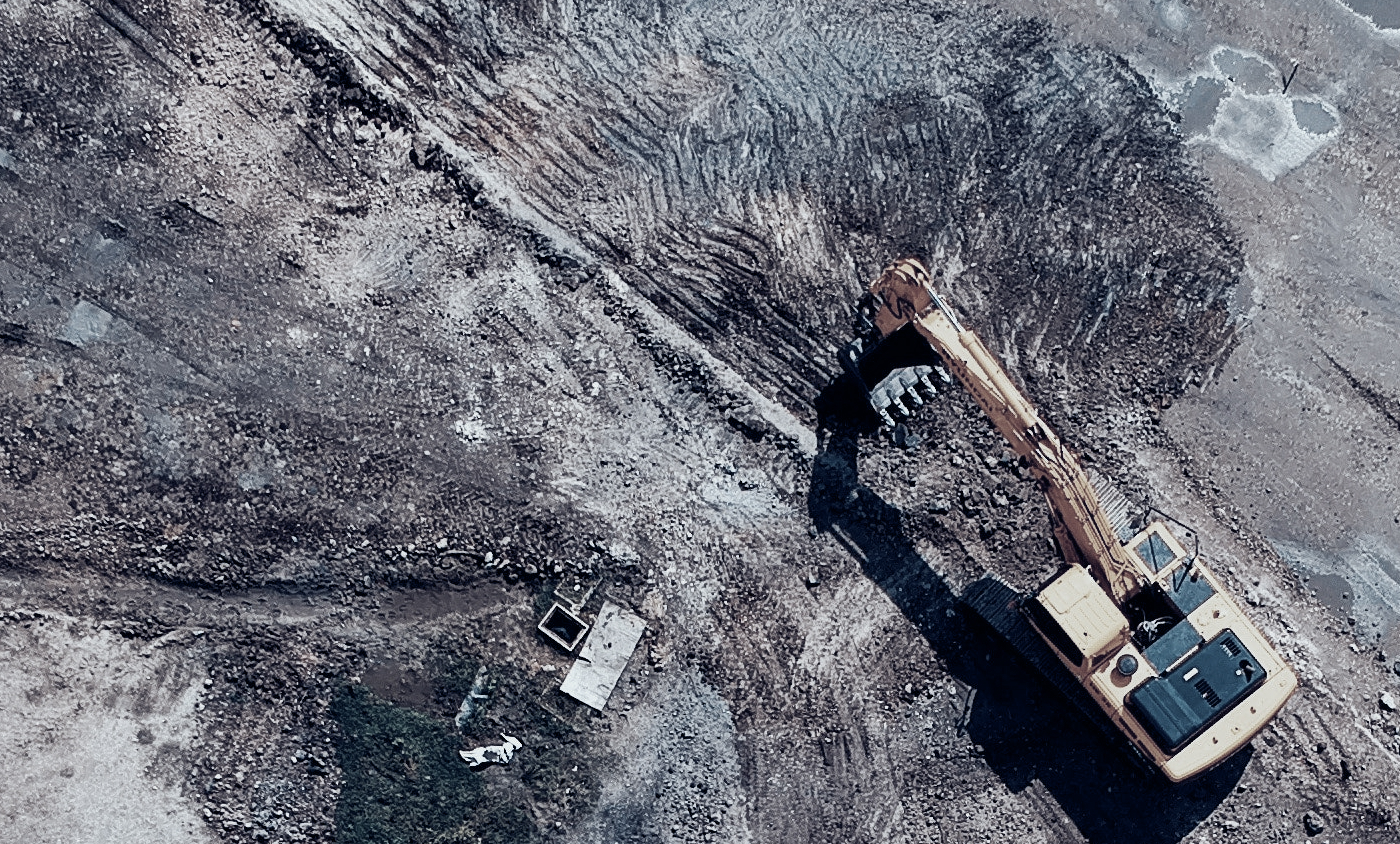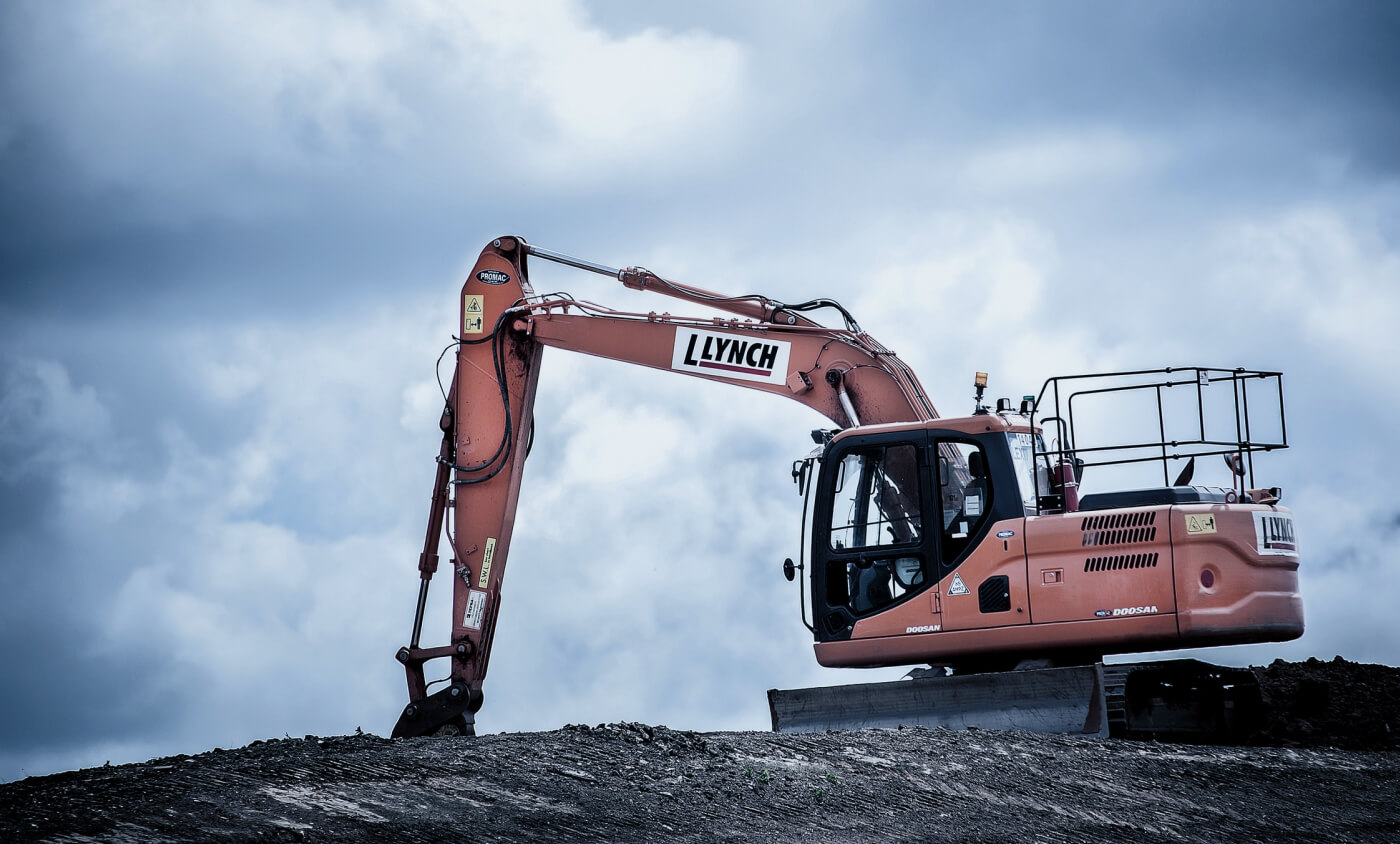A. Introduction
One of the risks that are often oversight by contractor when tendering a project is the risks associated with site conditions. Contractor often assumes the geotechnical report provided by the Employer would reflect the actual condition on site. Unforeseen ground conditions are also known as differing site conditions are defined as “latent physical conditions at the project site which differ from those conditions identified to the contractor during the bidding period”.1
Poor or adverse ground conditions encountered during construction often come as a surprise to contractors. In such an event, contractors may be required to undertake additional works2, usage of specialised machines, a change of design or method of construction. Consequently, additional time and costs would have to be incurred to complete the construction works. Research by Wa’el Alaghbari, Mohd Razali, Azizah Salim, and Ernawati (2007)3 concluded that poor site conditions is the top two external factors that cause a delay in projects in Malaysia.
When unforeseen adverse ground conditions are encountered, it is natural for disputes to arise as to whether the contractor’s entitlement to additional time and costs incurred as a result therefrom. Generally, this would very much depend on the type of contracts as well as the contractual terms therein. For example, a design and build lump sum contract generally means that risks associated with the site are assigned to the contractor and the contractor would not be compensated for unforeseen ground conditions. On the other hand, the risks of site conditions remain with the Employer in a Fully Cost Reimbursable Contract.
B. The Allocation of Risks Associated to Site Conditions – General Position
In common law, in absence of the express contractual provisions and the employer’s warranty as to the accuracy of the information provided, the risk associated with ground conditions is allocated to the contractor on the basis that it undertook to perform the work. This principle was affirmed in the English House of Lord case of Thorn v London Corporation (1876) 1 App Cas 120.
In the case of Worksop Tarmacadam v Hannaby 66 Conly 105 which involves contractor’s claim for extra payment for unexpected hard rock, the English Court of Appeal held the following:-
“Had the plaintiffs wished to make such a provision in the event of unforeseen conditions being encountered, it would have been the easiest thing in the world for them so to have provided in specific terms. They did not do so.”
Hence, unless it is specifically provided in the contract, the contractor cannot escape from its contractual obligation to complete the works, albeit with additional costs and time in the event there is an encounter of unforeseen ground conditions. This is because the law regard contractor as an expert and is free to assess the risks and the price to be attached to the risk before entering into a contract4.
C. Allocation of Risk Associated to Ground Conditions in the Context of Express Provision in PAM Contract 2018 and PWD Form 203A
C1: No Express Provision in PAM Contract 2018 and PWD Form 203A
Having assessed the position in common law, it is to be noted that most of the commonly used standard forms of contract in Malaysia do not contain express provision for the allocation of risk in regard to ground conditions. Therefore, such risks remain with the contractor.
Scrutiny of Clause 23.0 PAM Contract 2018 (Without Quantities) shows that adverse site conditions is not a “Relevant Events” which would entitle the contractor to an extension of time. In other words, if there is a delay due to unforeseen adverse site conditions, the contractor would not be able to rely on the said clause to apply for an extension of time for completion. Consequently, the claim for loss and expenses by the contractor would be a non-starter in the absence of the extension of time.
Similarly, contractor is also not entitled to an extension of time for unforeseen adverse site conditions pursuant to Clause 43 of PWD Form 203A. On the contrary, Clause 11 of PWD Form 203A has expressly and specifically stated that the contractor shall be deemed to have inspected and examined the site and its surroundings and to have satisfied himself with the nature of the ground and subsoil, the form and nature of the site and other information before submitting his tender.
C2: Absence of Contractual Provision to Cater for Unforeseen Site Conditions May Set the Time at Large
The absence of contractual provision which caters for unforeseen ground conditions means that the general position in common law would apply. However, it may have the potential of setting the time for completion at large. In the case of Kerajaan Malaysia v Ven-Coal Resources Sdn Bhd [2014] 11 MLJ 229, soft soil conditions were encountered during the construction which required the contractor to add the piling depth from 36 meters to 48 meters. The contractor then applied to the Superintendent Officer (SO) for an extension of time for completion but was rejected. Instead, the Employer terminated the contract on the ground that the contractor has failed to proceed with the work diligently. The High Court held that the application of extension of time is reasonable and the SO has unreasonably rejected the extension of time. Consequently, the time for completion is set at large. The Court has held at paragraph 27 the following: –
“[27] When the SO improperly refused to grant an EOT in a situation that would warrant an EOT, then time for completion is set at large. As was held in the Singapore Court of Appeal case of Soh Beng Tee & Co Pte Ltd v Fairmount Development Pte Ltd [2007] 3 SLR 86:
69…the concept of time being set at large is not at all alien to construction disputes. It is firmly established that, as mentioned above, time may be set at large due to acts of prevention where there is no contractual provision governing the situation or where the architect fails to properly grant an extension of time under the contract. See also, IN Duncan Wallace QC, Hudson‘s Building and Engineering Contracts (Sweet and Maxwell, 11th Ed, 1995) vol 2 at para 10.040; Keith Pickavance, Delay and Disruption in Construction Contracts (Lloyd’s of London Publishing Ltd, 3rd Ed, 2005) at ch 6 … (Emphasis added.)”
However, it is to be noted that in that case, the Employer has admitted that there was no soil test being conducted before awarding the contract due to the urgency of the construction. There was also no discussion about Clause 11 of PWD Form 203A which deems the contractor to have inspected and examined the site conditions. Therefore, the Court may decide differently in that case if a soil test was carried out and the argument is put forward that the contractor is deemed to be fully aware of the site conditions at the time of tendering the project.
Therefore, the absence of a contractual provision to cater for unforeseen ground conditions may not be detrimental to contractors alone but also to the employer. It increases the uncertainty in the project administration and consequently, increases the potential of dispute which is detrimental to both contractual parties.
D. Employer’s Liabilities for Information Provided to Contractor before Tender
Most of the contractors would depend on the ground conditions report provided by the employer to tender for a project. When such information turns out to be inaccurate or insufficient, the contractor’s entitlement to extra time and costs would depend on whether there is an express or implied warranty by the employer as to the accuracy and sufficiency of the information, the existence of disclaimer, or non-reliance clause in the technical report or the contract.
D1: Express or Implied Warranty as to accuracy and sufficiency of the Information
The position in law is that if there is a warranty by the employer to the contractor, either expressly or impliedly, as to the accuracy and sufficiency of the information pertaining to ground conditions, contractor is entitled to claim for extra time and costs if it has relied on such information which turned out to be inaccurate or incomplete.
If the ground conditions report is expressly referred to in the contract, then the document can safely be said to have been incorporated into the contract by the doctrine of “incorporation by reference”5. In the case of Bacal Construction (Midlands) Ltd v Northampton Development Corporation, [1976] 1 EGLR 127, the contractor designed the foundations based on the hypotheses provided by the employer that the site is a mixture of sand and clay which was contained in the tender documentation. The foundation design formed part of the contract between the parties. During the construction, it was discovered that various area of the site was subsurface strata or patches of tufa and redesigned foundations were required. The Court of Appeal agreed that there was an implied warranty that the ground conditions would accord with the hypotheses provided by the employer.
On the contrary, in the absence of unambiguous wording incorporating the ground conditions report into the contract, the Court is generally reluctant to imply that the report is a term or warranty in the contract. In the case of Co-operative Insurance Society Ltd v Henry Boot Scotland Ltd and others [2002] EWHC 1270 (TCC) where the ground conditions report – “Terra Tek Report” was merely referred to in one of the contract drawings but was not in the list identified as “Contract Documents” or stamped or sign as “Contract Document”, the Court held that the said Report was not incorporated into the contract and refused to imply into the contract to the effect that the report was to be incorporated.
Similarly, in the case of Obrascon Huarte Lain SA v The Attorney General of Gibraltar [2014] EWHC 1028 (TCC) which involves insufficiency estimation of contaminated ground, the Court had held that the contractor has a duty to find out the actual conditions and provides for the worst-case scenario.
In this regard, Article 7(q) of the PAM Contract 2018 defines “Contract” or “Contract Documents” to comprise of the following documents: –
- The Letter of Award;
- The Article of Agreement;
- The Conditions of Contract;
- The Contract Drawings;
- The Contract Bills; and
- Other documents incorporated in the Contract Documents, unless expressly stated to be excluded therefrom.
Further, Article 7(r) defines “Contract Bills” comprises of the following documents: –
- Instructions to Tenderers;
- Conditions of Tendering;
- Form of Tender;
- Preliminaries;
- Preambles and Specifications;
- Summary of the Tender (or Contract Sum)
- Schedules of Rates; and
- Any other documents specifically mentioned in any of the above documents.
Similarly, in PWD Form 203A, Clause 1(b) defines “Contract Documents” means “documents forming the tender and acceptance thereof including: –
- Form of Tender;
- Letter of Acceptance of Tender
- Contract Drawings
- Bills of Quantities;
- Specifications;
- Treasury’s Instruction;”
Hence, unless it is specifically inserted, the ground conditions report is not a Contract Documents in PAM Contract 2018 and PWD Form 203A. In this way, it allocates risks of ground conditions on the contractors. Consequently, contractor who relied on the information may not be able to hold the employer liable for any inaccuracy or insufficiency of the information.
D2: Disclaimer or Non-Reliance Clause
It is not uncommon for standard contract to contain a disclaimer clause or non-reliance clause to exclude the liability of employer for information provided to contractor. For example, Clause 11.2 of PWD Form 203A expressly provided that any information or documents provided by the Government to the Contractor shall not relieve the contractor of his obligation to inspect and examine the site and its surroundings.
In the case of Morrison-Knudsen International Co. Inc v Commonwealth of Australia, the Court held that for a disclaimer to be effective, it must be appropriately worded not only to deny responsibility for the information that is contained in the tender documents. However, it must be highlighted that a disclaimer is ineffective to disclaim liability for fraudulent misrepresentation6.
E. How to Improve the Distribution of Risk as to the Sufficiency
E1: Reduce Uncertainty
According to author John Walton7, parties in the contract should identify the risks and try to allocate such risks to the parties best able to manage them. To be able to ascertain the risks associated with ground conditions, thorough grounds investigation needs to be carried out before the tender process. Furthermore, the investigation report shall be incorporated as a contract document for the contractor to be able to rely on it pursuant to case laws discussed above.
E2: Differing Site Condition Clause
In addition, PAM Contract 2018 and PWD Form 203A should incorporate a differing site condition clause as commonly found in International Build and Engineering Contracts such as ICE Edition 7 (Clause 12), NEC 3 (clause 60.1(12) and FIDIC Red Book (Clause 14.2) which essentially allows “experienced contractor” to claim for extension of time and/or additional cost as a consequences of ground conditions which could not be reasonably have been foreseen at the time of tender.
Conclusion
In conclusion, allocating ground conditions risks to contractor alone is not the best approach in any construction project. If an unforeseen event occurred, there are inevitable risks that the project will be delayed, incurring more cost, and may even be abandoned. The employer would be the ultimate loser in such an event. Hence, it is important for the contractual parties to identify the risk with much certainty possible and to allocate such risks to the party who is able to handle it.
1 Sweeny, N. J., Kelleher Jr, T. J., Beck, P. E., Hafer, R. F., (1997), Smith Currie & Hancock’s Common Sense Construction Law, New York, John Willey & Sons, Inc.
2 Lee Swee Seng JCA, (2013), Kerajaan Malaysia v Ven-Coal Resources Sdn Bhd [2014] 11 MLJ 233, Malaysia, Lexis Malaysia
3 Wa’el Alaghbari, Mohd Razali A. Kadir, Azizah Salim and Ernawati, (2007), The Significant factors causing delay of building construction project in Malaysia, Malaysia, ECAM Vol. 14, No. 2
4 R. v Paradis and Farley Inc (1942) S.C.R. 10, Canada
5 Gopal Sri Ram JCA, (2007), Bina Puri Sdn Bhd v EP Engineering Sdn Bhd & Anor [2008] 3 MLJ 564, Malaysia, Lexis Malaysia
6 Pearson and Son Ltd v Dublin Corporation (1907) AC 351, United Kingdom
7 Walton J., (2003), Unforeseen Ground Conditions and Allocation of Risk. Before the Roof Caved In, Canada, www.buildingdisputestribunal.co.nz
Disclaimer:
The contents of this article is provided for general information and shall not constitute legal or other professional advice. Please contact us for further enquiry.





